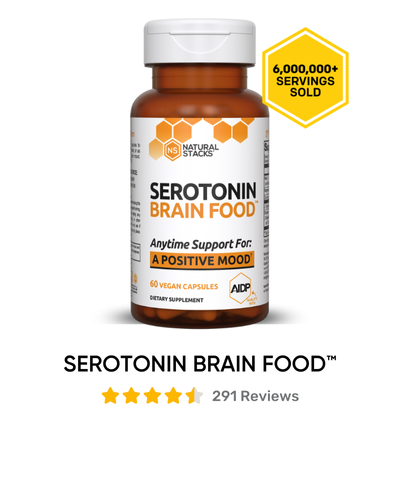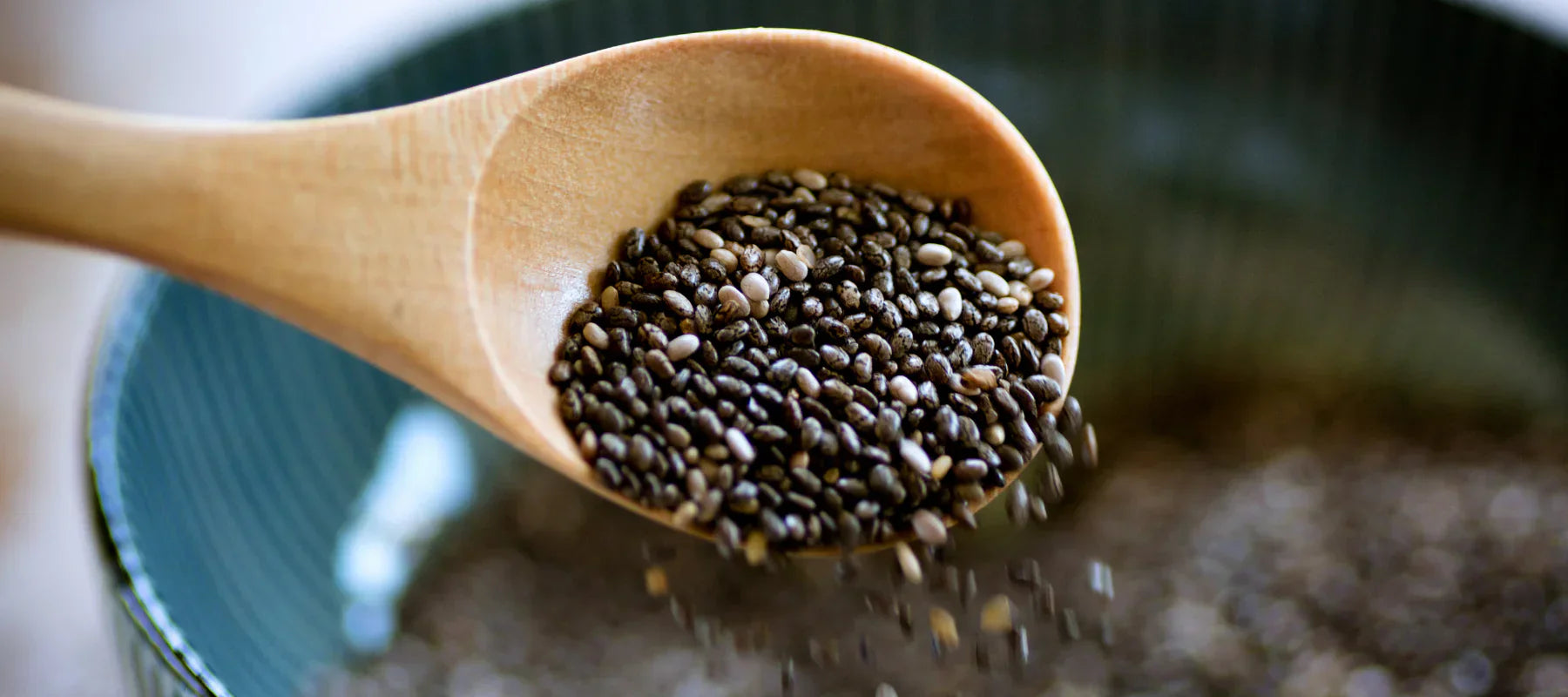5 Ways To Improve Your Health By Boosting Mitochondria

Exogenous ketones are so 2016.
The future of biohacking, health and wellness may be IV injections of exogenous mitochondria.
At least that's what some Chinese researchers are working towards.
What are Mitochondria?
Mitochondria are the energy producing power plants within our cells.
They generate the majority of the ATP (adenosine triphosphate) that our cells use for energy to complete everyday tasks like walking, sprinting, working, talking, etc.
In short, mitochondria are required in order for us to do anything.
Over the last few years, volumes of research have strengthened the link between mitochondrial dysfunction and disease states.

In fact, mitochondrial dysfunction has been tied to "a large number of human diseases, including neurological and muscular degeneration, cardiovascular disorders, obesity, diabetes, [and accelerated] aging". [1]
Since no current mitochondrial medicines exist, researchers are now looking into the concept of injecting exogenous, healthy mitochondria to support optimal health.
They found that exogenous mitochondria delivered through IV injections:
- "Would benefit for multi-systemically mitochondrial diseases in various tissues including brain, liver, kidney, muscle and heart."
- Improved swimming endurance in normal mice
- Reduced the progress/onset of experimental Parkinson's Disease in the mice
This is still in preliminary mice studies, but with initial data like this, don't be surprised if this becomes the next health trend in a few years.
For those of us looking to optimize both quality and duration of life, protecting our mitochondrial function and finding ways to support it are worthwhile pursuits.
5 Ways to Naturally Boost Your Mitochondria
1. Sun Exposure
The sun is one of the most powerful mitochondrial boosters in our arsenal for optimal health and wellbeing.
In his paper, "The 4th Phase of Water", Dr. Gerald Pollack explains that this photoelectric effect occurs when light is absorbed by water in our cells.
This effect changes the structure of water and creates Exclusion Zones (EZs) or areas of charged water (H3O2 instead of H20)
This negative charge increases the mitochondrial membrane potential, thereby improving mitochondrial function.
In Layman's terms, sunlight produces a beneficial negative charge inside our cells and activates our mitochondria. Think of this negative charge as stored energy. [2]
You can see Dr. Pollack's TedX Talk "Water, Cells, and Life" in this video. (9:10 for mitochondria section)
2. Cold Thermogenesis
Short bursts of exposure to extreme cold temperatures can up-regulate mitochondrial biogenesis (making new mitochondria) by tricking the body into thinking it has to enter survival mode. [3]
This short term stressor elicits the hormetic response. This is a real life example of the old adage "what doesn't kill you, makes you stronger".
About 20 seconds of exposure at 32 degrees F (0C) 3 times per week is enough to reap the benefits.
Daily cold showers, polar plunges, or walking shirtless in cold winter temperatures are great ways to do this.
**Bonus points for walking shirtless on sunny winter days as this increases both cold and sun exposure.**
For more on the benefits of cold exposure, read this.
3. Intermittent Fasting
Numerous studies have linked caloric restriction to improved mitochondrial function and increased longevity.
Mitochondria in caloric restriction learn to increase oxygen efficiency, reduce oxidative stress byproducts, yet are able to "maintain critical ATP production". [4,5]
It's also theorized that refraining from continuous eating reduces mitochondrial free radical production.
You can achieve this effect without going on a hunger strike. Simply incorporate intermittent fasting into your life a few times per week to boost your mitochondria.
IF, as it is known, involves fasting"windows" of 16-20 hours per day, followed by 4-8 hour eating windows.
Actor Terry Crews is currently making headlines for his endorsement of IF. He's been practicing the 16/8 variation of IF for 5 years and explains how he uses it in 90 seconds:
IF also boosts BDNF (brain-derived neurotrophic factor), which has been called "Miracle-Gro" for your brain by Harvard Neuropsychiatrist, John J. Ratey, MD, author of Spark, The Revolutionary New Science of Exercise and the Brain.
4. Move More
The average American sits for 13 hours a day. Add in the recommended 8 hours of sleep and we're sedentary for 21/24 hours each day - nearly 88% of our time. [6]
Mitochondria like exercise, activity, and movement, and humans are designed for movement. Feed your mitochondria as much movement as possible, focusing on variety and quality.
For more on movement and it's connection to improved health, read this blog.
Or this post on low intensity vs. high intensity cardio.
5. Use Fat For Fuel
Mitochondria can use fatty acids or carbohydrates to create the ATP our cells need for energy.
However the ATP creation process from fat is more efficient and creates less free radicals as a by product.
This is a crucial consideration when looking at longevity and our overall lifecycle.
Consider these findings from a Yale study that discovered mitochondria adapt their function in response to sugar:
"We found that when sugar increases in the body, mitochondria in some brain neurons rapidly change their shape and their function is altered. These findings imply that alterations in this mechanism may contribute to the development of metabolic diseases such as type 2 diabetes, in which the body is not able to clear high levels of sugar from the blood." [7]
For mitochondrial health, the answer appears to become fat-adapted and minimize our sugar intake. Simply put, burn as little sugar over a lifetime as possible.
Here's a great interview with Mark Sisson on the Optimal Performance Podcast on how to Become a Fat Burning Beast.

Related Post: Supplements That Support Healthy Mitochondrial Function
Resources:
- Mitochondrion. 2017 Feb 24. pii: S1567-7249(16)30091-5. doi: 10.1016/j.mito.2017.02.005. [Epub ahead of print]
What's your favorite mitochondrial booster? Let us know in the comments below.
What's your favorite mitochondrial booster? Let us know in the comments below.









